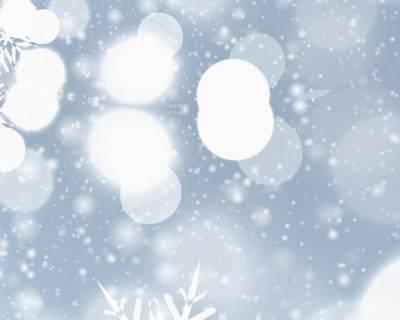| title | The Historical Significance of Xu Ling-tai's "Theory of the Loss of Acupuncture and Moxibustion" |
| source | Chen Fangpei / Taipei Veterans General Hospital Traditional Medicine Research Center |
Acupuncture and moxibustion have a long history, dating back to the Han Dynasty over two thousand years ago, when theories of meridian and collateral pathways and the circulation of qi and blood were already established, along with 11 meridians and 61 acupoints. Over time, the locations of acupoints were gradually standardized. By the Jin Dynasty's Jiayi Jing, there were 12 meridians and 138 acupoints. It was not until the Song Dynasty that Wang Wei-yi integrated meridians, collaterals, and acupoints into a comprehensive system, resulting in 14 meridians and 354 acupoints. As for moxibustion, the use of mugwort for burning was known even before the Han Dynasty, and nine types of needles were already in use, indicating significant development in tools and theories during ancient times. Thus, when we continue to use acupuncture and moxibustion in 2002, are we capable of making any changes, or are we merely adhering to what we perceive as an "unchanging" tradition? At this moment, it is necessary to discern the historical changes in acupuncture and moxibustion. This article discusses the temporal and historical significance from the Qing Dynasty to the present, based on the theory of the decline of acupuncture and moxibustion by the Confucian physician Xu Ling-tai of the Qing Dynasty.
Xu Ling-tai, whose given name was Dachun and courtesy name Lingtai, was a native of Wujiang who lived in seclusion by the Huibin River and was later known as Huixi Elder. He was born during the reigns of Emperor Qianlong and Emperor Yongzheng of the Qing Dynasty. "He was well-versed in astronomy, hydrology, music, martial arts, and especially skilled in medicine." He authored sixteen medical books, including "Nan Jing Jing Shi," "Neijing Quanshi," and "Shennong Bencao." In his "Yixue Yuanliu Lun," there is a chapter titled "The Decline of Acupuncture and Moxibustion," which is the only "decline theory" cited in Professor Huang Weisan's book on acupuncture and moxibustion, highlighting its unique position in the history of Chinese medicine.
Xu outlined ten reasons for the decline of acupuncture and moxibustion: First, the failure to follow the intricate paths of the meridians, instead selecting points only from the body surface. Second, relying solely on specific points for treatment rather than treating through the meridians. Third, neglecting the five-element implications of the five transport points. Fourth, focusing only on needle manipulation without considering the principles of tonification and drainage. Fifth, disregarding whether qi has arrived or not, merely manipulating the needle. Sixth, ignoring seasonal variations and using fixed needle depths for each point. Seventh, rarely treating diseases of the internal organs and seven orifices, instead focusing on physical and movement-related ailments. Eighth, abandoning bloodletting techniques. Ninth, using only perpendicular insertion and discarding the nine variations and twelve sections methods. Tenth, relying solely on filiform or round needles, with the other nine needles falling into disuse. Thus, he believed these were the reasons why acupuncture was undervalued and not widely practiced in his time.Unbeknownst to Xu, over two hundred years after his time, acupuncture techniques such as perpendicular insertion, needle rotation, and the treatment of muscle and arthralgia conditions have sparked a global trend of practical application and research. What he feared as the decline of acupuncture has instead become its strength, offering convenience and ease of learning.
bubble_chart Other Related Items




